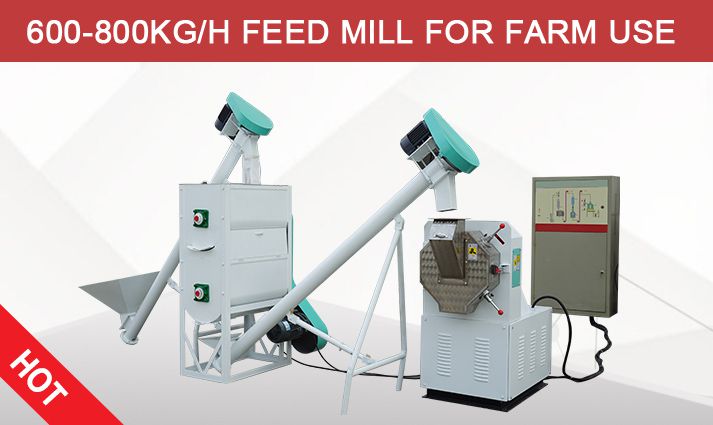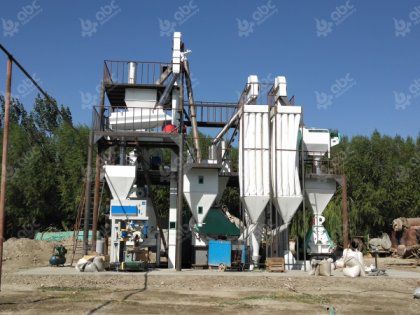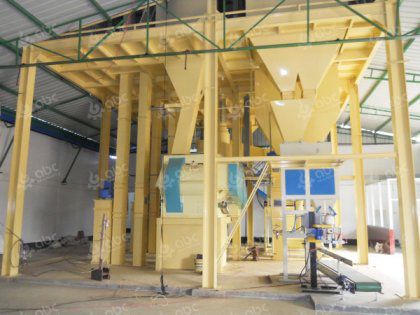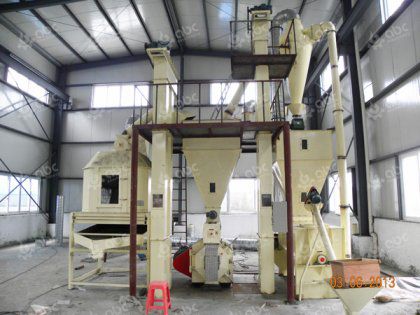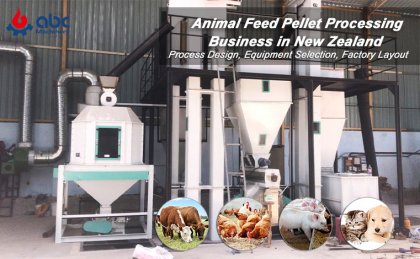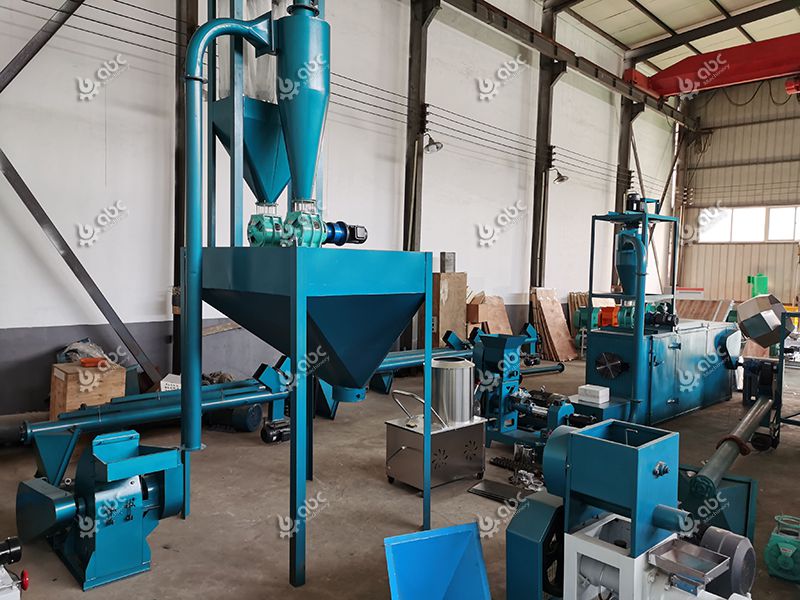For chicken farmers, food that can make laying hens lay more eggs are good, and in the feeding process, it is necessary to do the feeding of laying hens well, so how to feed the laying hens? Let's learn together. (Related Project: 1-2TPH Chicken Feed Pellets Line in Uganda)

Chicken Feed Pellet Machine for Layers at Factory Price
4 Types Common Chicken Feed
Chicken feed is divided into four types according to its shape: grain feed, powder feed, pellet feed, and mash feed. (Read More: Poultry Feed Pellets Processing Technology)
-
1. Grain feed refers to grains that keep their original shape or processed and broken grains.
-
2. Powder feed refers to the powdery material that is the milled grain mixed with bran, fish meal, mineral powder, and various additives. The nutrition of the powder feed is comprehensive, and the chicken is not easy to be a picky eater. However, the powder is less palatable and easy to scatter. It is better to grind coarsely when pulverizing the materials, and the materials are mostly ground too finely at present, which is very inappropriate.
-
3. Pellet feed is a kind of feed that is made of fine powder that has been compounded and then pressed into pellets with a diameter of 2.5-5.0 mm by a pellet machine. The advantages of this pelleted feed are complete nutrition, well palatable, and the chicken is not easy to be a picky eater, which can prevent waste, facilitate mechanized feeding, and save labor.

Various Types of Laying Chicken Feed and Poultry
The pellet feed is suitable for rapid fattening of broiler chickens as it can make the feeding speed fast and make the feeding amount big. The pellet feed is generally not suitable for laying hens, because it is prone to overeating and over fatty which will affect egg production. However, when the chickens lose their appetite due to the high temperature in summer, pellet feed can be used to increase the chicken's feed intake.
Tips: The cost of pellet feed is slightly higher due to the need to process pellets. In addition, if the moisture content is high, improper storage in summer is prone to mildew, so attention should be paid.
-
4. Mash feed is the feed that the processed pellets are broken into mash state. In addition to the advantages of pellets, it is suitable for feeding laying hens and chicks for various weeks because of the slightly slower feeding speed which is not prone to overeating and over fatty. But the processing cost is higher.
How to Make Feed Pellets for Laying Hens? Different Stages of Laying Hen Feed Pellet Formulation

800-1000 KG/H Chicken Feed Pellet Manufacturing Plant in South Africa
-
Early period of egg-laying
The early period of egg-laying is critical. At this time, feeding has a great impact on the egg production rate. The content of protein, minerals, and vitamins in the diet should be improved. In this period, hens can be fed with protein of 18g/d and 302kcal. metabolic energy.
-
Peak period of egg-laying
During the peak period of egg-laying, the feed should be complete stably, and cannot be changed. The daily consumption of the chickens should be guaranteed, and the feed intake should be stimulated by feeding methods.
-
Late period of egg-laying
After the peak period of egg-laying,shell sand or coarse limestone can be added to the feed, which can strengthen the strength of eggshells at night and can effectively change the quality of eggshells. Adding vitamin D3 can promote calcium and phosphorus absorption.
Laying Hen Feed Pellet Formula
| Corn | wheat bran | soybean meal | calcium hydrogen phosphate | rock flour | additives |
|---|---|---|---|---|---|
| 61.4% | 14% | 21% | 1.2% | 1.1% | 1% |
Precautions for the Laying Period of Hens
1. Add water. When the hens are in the laying period, they are more sensitive to the demand for water. If the hens are cut off from water for more than 24 hours during the laying period, the egg production will be reduced due to lack of water. According to statistics, when the hens are in the water cutoff stage for a long time, the egg production rate will be reduced to 30%, so it is necessary to replenish water in time.
2. The environment cannot be changed. The hens are timid. If the living environment of the hens is changed, it will easily cause the hens to be frightened, the egg production rate will drop and the eggshell will become soft. It should be prohibited to change the living environment of the hens.
3. Ensure that the temperature in the chicken house is stable. The temperature suitable for laying eggs is 10-27℃, so when the temperature rises, the cooling and ventilating of the chicken house should be paid more attention to. When the temperature drops, it is necessary to take heat preservation measures to avoid the excessive temperature of the chicken house, which will lead to a decrease in the egg production of the hens.
The above is the introduction to laying hens. When hens enter the laying period, they should pay attention to feeding and management, which can effectively improve the egg production rate of hens and improve the economic benefits of breeding.

